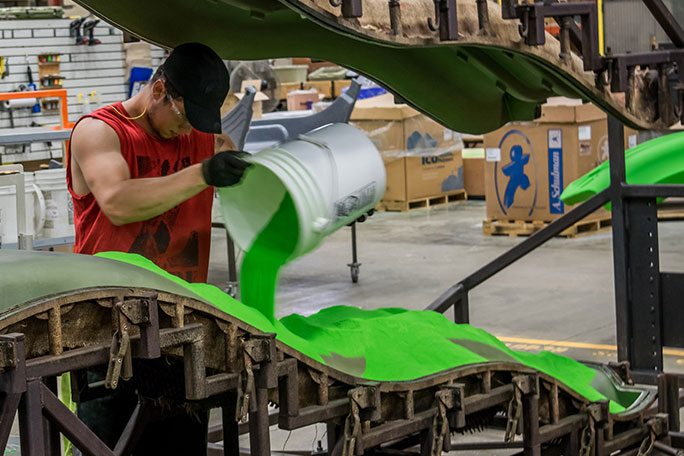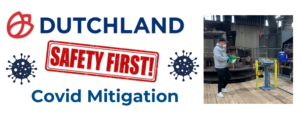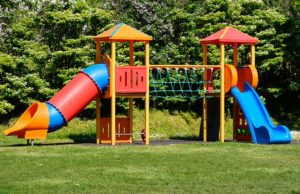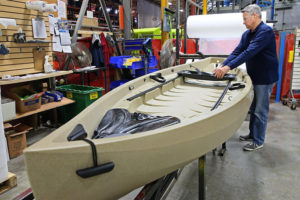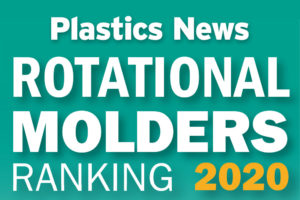Learning about the many advantages rotational molding has over other traditional fabrication methods is a wise way to choose the best option for your products. You will find that it can be a very cost-effective process and will likely be impressed with its versatility.
Production Time
Rotational molding generally requires less tooling and lead time, and this is quite important when you have rush deliveries or a short run to produce.
Switching Colors
With other fabrication methods, you often have to purge the molds when you need to switch colors. In rotomolding, you can effortlessly switch colors without purging, thus reducing production time.
Color Varieties
Almost any color and pattern can be created with rotational molding, including today’s trendy colors such as sandstone and marble.
Durability
Rotomolded products don’t have the stress points that are often an issue with other fabrication methods. This results in stronger corners and more stable products. You can also add reinforced ribs to a design, and this increases the strength while at the same time reduces the costs of your materials. Consistent wall thickness is not a problem with rotational molding, so you can again cut production time and material costs.
More Design Features
Intricate, complex designs are possible with rotational molding. It is feasible to require only one or two components, when the product may have been comprised of multiple parts in the past.
Inserts
With rotomolding, you can add metal threads and internal pipes to the product when necessary, and this can be done before the molding process starts.
Surface Finishes
The quality surface finishes that are available with rotational molding range from very high gloss to intricate textures.
Graphics
Codes, graphics, textures and other pertinent information can be molded right onto the product. This eliminates the need for labels that often deteriorate over time.
Sustainability
Polyethylene is regularly used in the rotational molding process. This material is recyclable. Once the product has served its useful purpose, polyethylene can be ground into pellets and used to make new products. With rotational molding, there is very little waste because it doesn’t result in runners, pinched off scrap or sprues.
Rotational molding has been around for more than a century and produces sturdy, flexible products with smooth surfaces and consistent wall density. It provides versatility in creating the product and is a cost-effective choice for your production needs.

